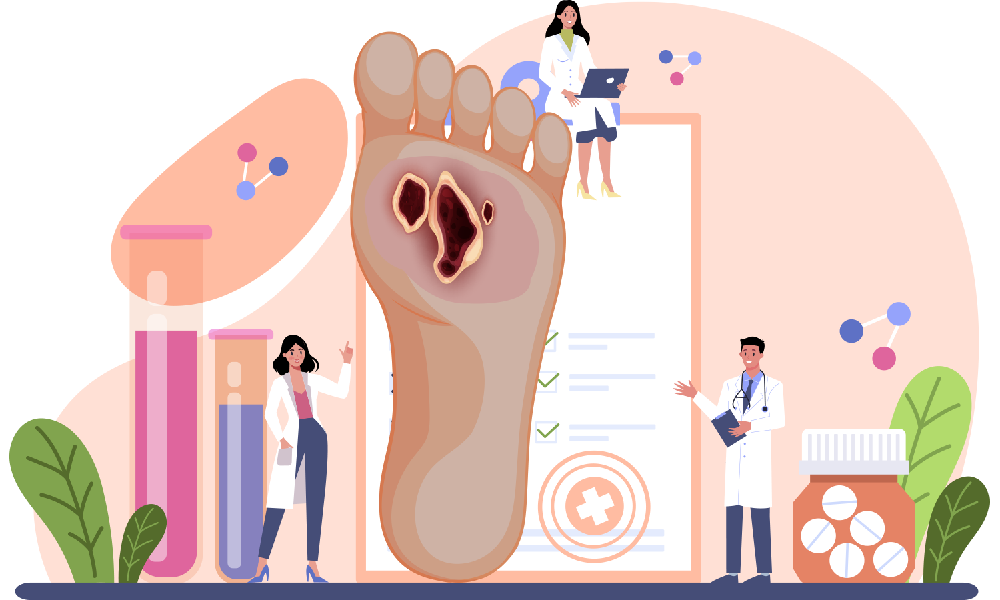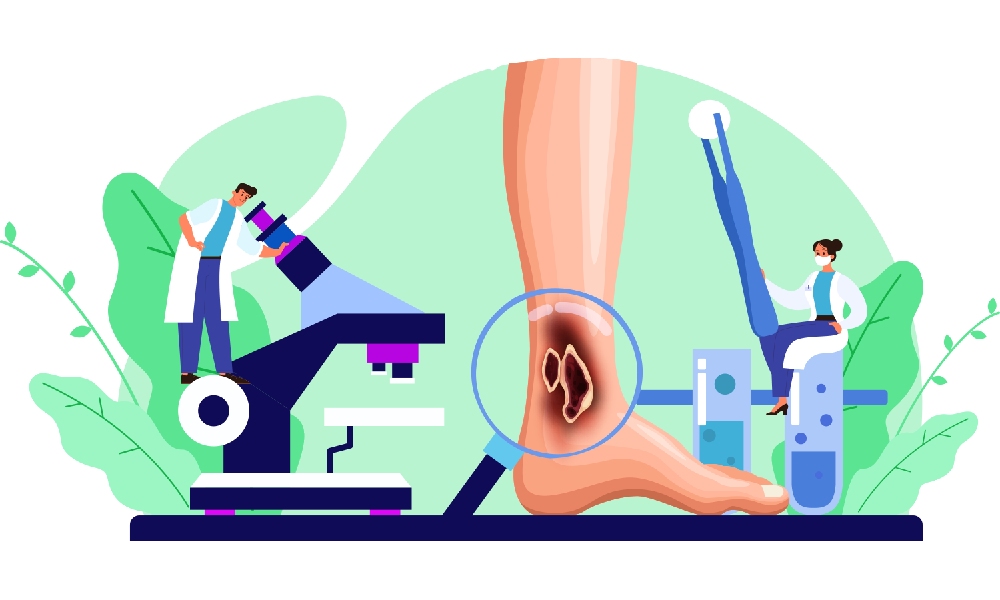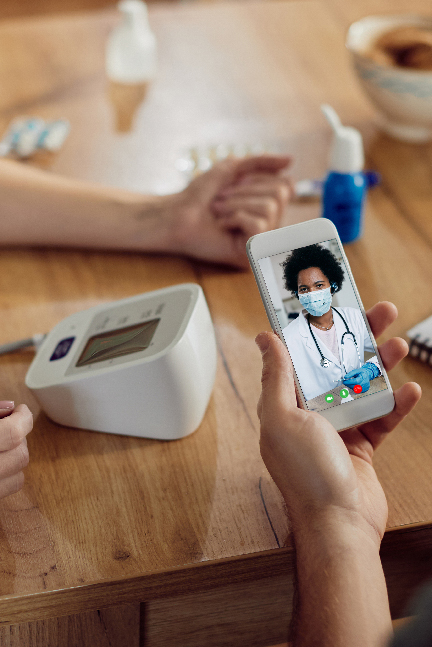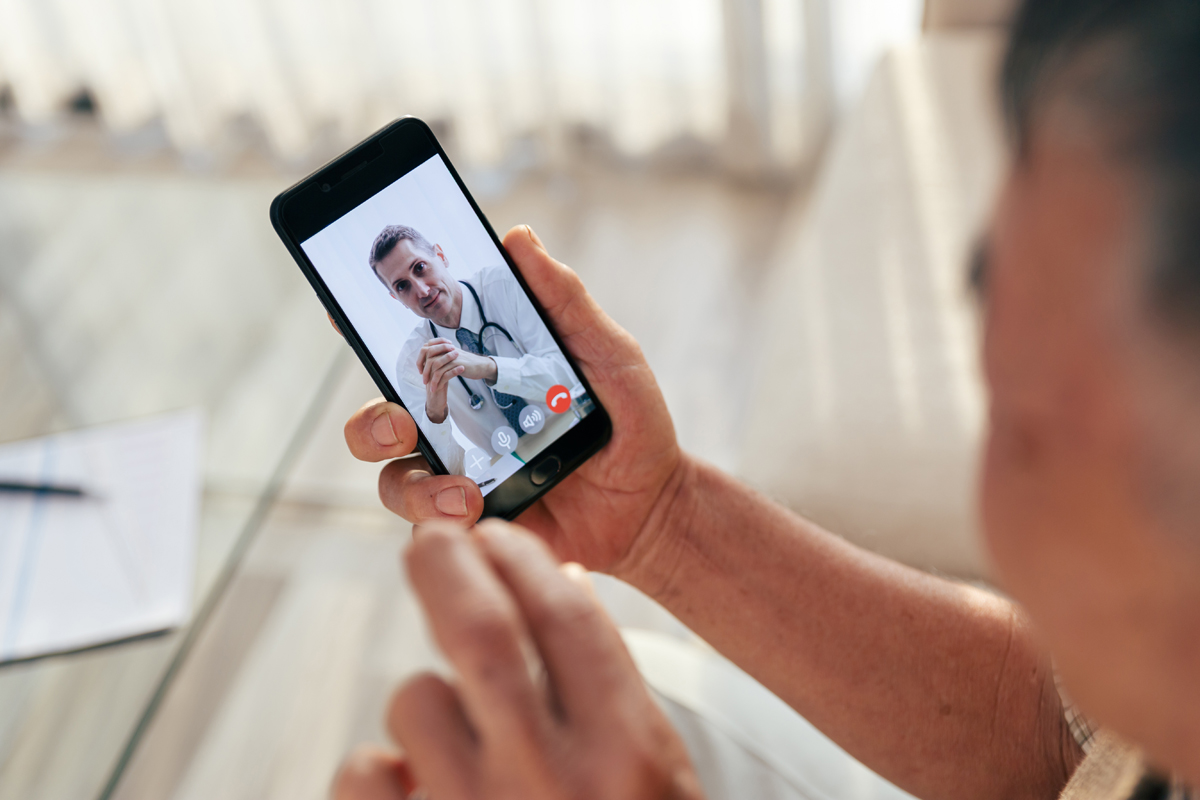VitaVia Telemedicine is dedicated to providing compassionate and tailored solutions, addressing severe wounds ranging from diabetic ulcers and venous leg ulcers to complex surgical incisions.
With a focus on cutting-edge wound care techniques, advanced dressings, and a multidisciplinary approach, we strive to ensure that each individual receives personalized attention and support on their journey to recovery.
From meticulous wound assessments to proactive management strategies, we are committed to delivering the highest standard of care, promoting faster healing, and enhancing the overall well-being of our patients. Trust us to be your guide on your path to healing and achieving the best results for severe wound care and management.
Oftentimes the type of wound necessitates a proactive approach involving preventive measures, meticulous wound care, and addressing underlying causes.
Ongoing monitoring and patient education are essential components of successful wound treatment and prevention strategies. Individuals in need of wound care should seek guidance from VitaVia Telemedicine professionals for personalized care plans and recommendations.
Are you or a loved one in Houston, Texas, facing the challenges of wound care, whether it be a diabetic foot ulcer, venous leg ulcer, or a pressure ulcer? At VitaVia Telemedicine, we understand the importance of compassionate and comprehensive wound care, and we’re here to be your trusted partner on the journey to healing.

A diabetic foot ulcer is a serious and often chronic complication of diabetes. It is an open sore or wound that typically develops on the feet of individuals with diabetes, particularly those with poor blood circulation and nerve damage (neuropathy). Diabetic foot ulcers can lead to severe infections and, in some cases, may result in amputation if not properly managed.

A venous leg ulcer is a chronic wound that occurs on the lower leg, typically due to underlying venous insufficiency. Venous insufficiency disrupts the normal flow of blood in the veins, leading to increased pressure in the lower extremities. Over time, this can result in the formation of ulcers, which are often slow to heal and prone to recurrence.

A pressure ulcer, often referred to as a sacral ulcer when located on the sacrum (lower back), is a localized injury to the skin and/or underlying tissue. It develops due to sustained pressure on specific areas of the body, commonly occurring in individuals with limited mobility. The sacrum is a particularly vulnerable site for pressure ulcers due to the bony prominence and the relatively thin tissue covering it.




Determining whether you need wound care treatment or management depends on the nature and condition of your wound. Here are some signs that may indicate the need for professional wound care:
While some over-the-counter products may help, it’s essential to consult with your healthcare provider before applying any creams or ointments. They can recommend suitable options based on the type of wound and your individual needs. Avoid using products that may cause irritation or delay the healing process.
To prevent infections, keep the wound clean by washing it gently with mild soap and water. Apply an appropriate dressing, and follow your healthcare provider’s instructions for care. Avoid picking at scabs, and monitor the wound for signs of infection, such as increased redness, swelling, or discharge. If you notice any concerning changes, seek medical attention promptly.
Nutrition is crucial for wound healing. Ensure you have a well-balanced diet rich in protein, vitamins (especially vitamin C and A), and minerals. These nutrients support the body’s ability to repair tissues. If you have specific dietary concerns or restrictions, consult with a healthcare professional or a nutritionist for personalized advice.
Signs of proper wound healing include reduced redness and swelling, decreased pain, and the formation of healthy granulation tissue. The wound edges should be closing, and there should be no signs of infection. Regularly monitor your wound and follow up with your healthcare provider if you have any concerns about the healing progress. They can assess the wound and make adjustments to your treatment plan if needed.

Our team of dedicated wound care specialists in Houston combines expertise with a compassionate approach to deliver personalized care tailored to your unique needs.

Whether you're dealing with diabetic foot ulcers, venous leg ulcers, or pressure ulcers, our holistic approach includes thorough wound assessments, expert treatment plans, and ongoing monitoring for optimal results.

VitaVia Telemedicine leverages cutting-edge telemedical technologies to conduct virtual wound assessments, provide real-time guidance on at-home wound care, and facilitate seamless communication between patients and healthcare professionals.
Get peace of mind. Whether it’s a prescription sent to the pharmacy of your choice, the guidance to move forward, or a review of your condition from a medical expert, we’re ready to help.
© 2023 VitaVia Telemedicine.
Website powered by ItsMoose.com